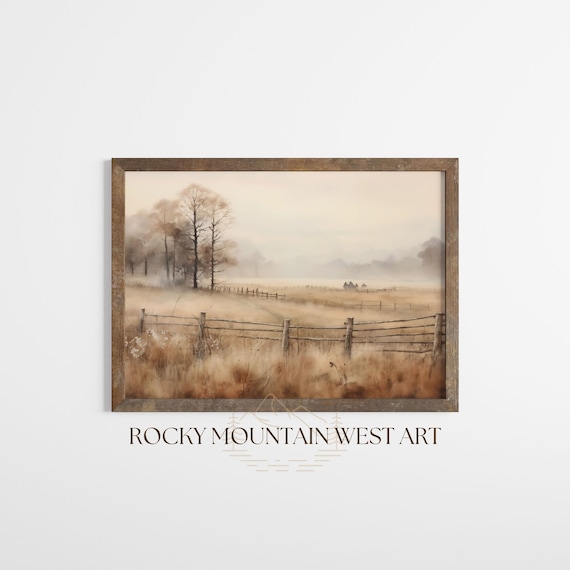
Autumn Kitchen Alchemy: Foraging, Upcycling, and Styling Your Space with Nature's Bounty
Imagine stepping into your kitchen on a crisp autumn morning. Sunlight streams through the window, carrying the scent of damp earth and a hint of woodsmoke. The aroma of freshly baked bread or simmering applesauce fills the air, promising warmth and comfort. This autumn, let's transform your kitchen into a sanctuary – a space where the beauty of nature intertwines with sustainable living. We’ll do it by foraging treasures from the outdoors, upcycling forgotten finds, and styling with intention, all while celebrating the unique charm of a farmhouse-style haven. The best part? This approach is not only cost-effective and environmentally conscious, but it also allows you to create a kitchen that truly reflects your personality and connection to the land.
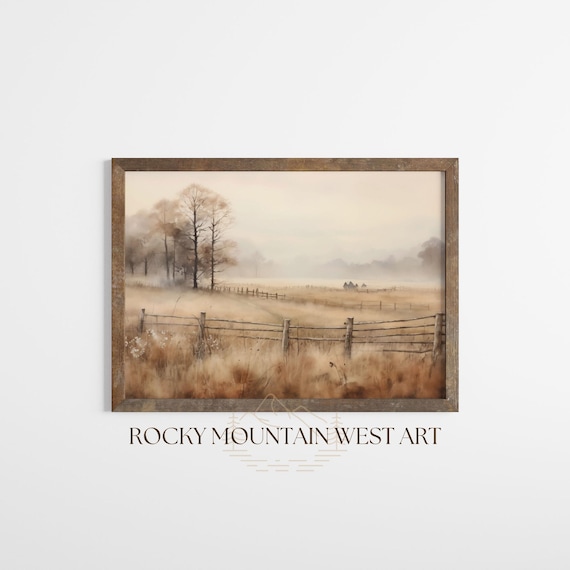
The Autumn Kitchen Palette
The foundation of our autumn kitchen transformation lies in a carefully curated color palette that evokes the warmth and tranquility of the season. Think "Sage Green" – the muted, calming hue of late-season garden sage, a color that whispers of harvests past and quiet evenings. Pair this with "Creamy White," reminiscent of fresh, unpasteurized milk, a soft and welcoming neutral that brightens the space. Finally, introduce "Rusty Orange," the shade of fallen maple leaves and ripe pumpkins basking in the autumn sun. This isn’t a bright, in-your-face orange, but a muted, earthy tone that adds depth and richness.
To further enhance the organic appeal, embrace natural textures. Unfinished wood, like oak or maple, brings warmth and character. Rough, homespun linen adds a touch of rustic elegance, while burlap provides a grounding, textural element. Remember to mix these colors and textures judiciously. A good starting point is a 40% sage green, 30% creamy white, and 30% rusty orange ratio to prevent any one color from overwhelming the others.
Key Materials & Accents
To bring your autumn kitchen vision to life, gather these key materials and accents:
- Foraged Leaves: Capture the beauty of autumn foliage by gathering colorful leaves from maple, oak, and birch trees. Focus on leaves with interesting textures and patterns, ideally those that are slightly dried and curled at the edges. Select unblemished leaves in vibrant hues of red, orange, yellow, and brown.
- Acorns and Pinecones: Embrace the bounty of the forest by collecting acorns and pinecones of various sizes and shapes. Clean them thoroughly with a soft brush and allow them to dry completely on a linen cloth before using them for decoration. Look for acorns with their caps still attached and pinecones that are open and fully developed, slightly dusted with dried dirt for a natural look.
- Upcycled Glass Jars: Give new life to glass jars of all shapes and sizes – mason jars, pickle jars, canning jars – by repurposing them to hold foraged materials, utensils, or beeswax candles. Remove labels completely and clean the jars thoroughly. Consider leaving a faint waterline stain for an aged effect.
- Natural Twine: Opt for thick and slightly frayed natural twine or jute rope to hang foraged leaves, create garlands, or wrap around jars, adding a touch of rustic charm.
- Wooden Utensils: Display wooden spoons, spatulas, and cutting boards as decorative elements. Choose utensils with a worn or rustic finish for added character. Look for utensils with slight char marks or knife scratches for added authenticity.
- Checkered Fabrics: Incorporate a farmhouse-chic look by using checkered fabrics on tablecloths and dish towels. Stick to cream and sage color schemes, looking for fabrics with light wear and tear to enhance the vintage appeal.
Styling the Farmhouse Kitchen
Now comes the fun part: styling your kitchen with your foraged and upcycled treasures!
- Foraged Leaf Mobile:
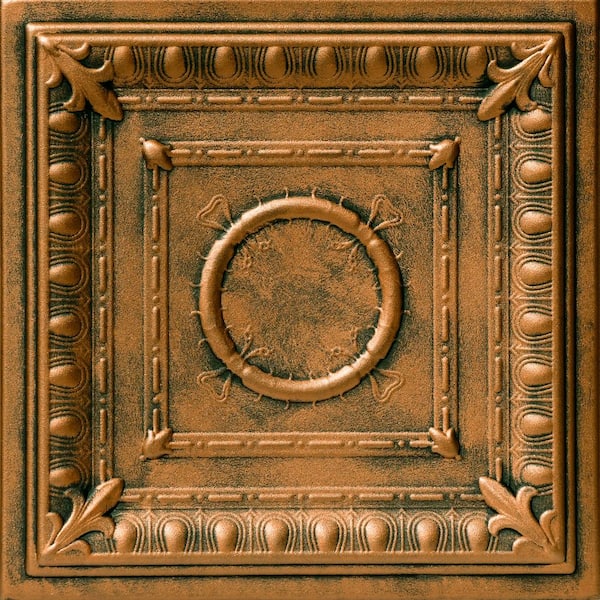
Create a simple yet stunning mobile by hanging foraged leaves from a weathered driftwood branch using natural twine. Arrange the leaves in a cascading pattern, varying the colors and sizes for visual interest. Place the mobile near a window (preferably facing east) to capture the sunlight and create a mesmerizing display of shadows and colors. The driftwood should be slightly gnarled and imperfect.
- Upcycled Jar Vases: Use upcycled glass jars to display small bouquets of wildflowers (late-season asters or goldenrod) or single stems of autumn foliage. Wrap the jars with natural twine or burlap for added texture. Arrange the vases on windowsills, countertops (preferably a butcher block counter), or shelves to bring a touch of nature indoors.
- Acorn and Pinecone Centerpiece:
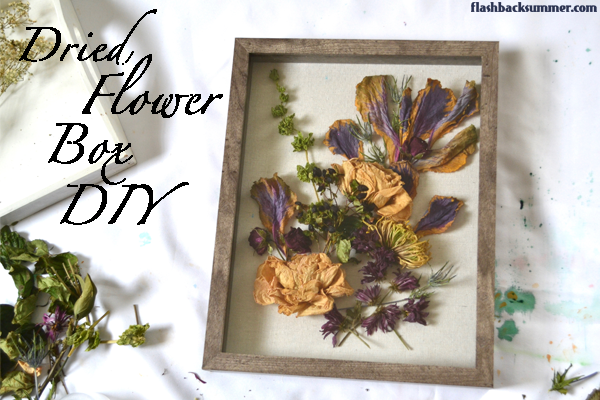
Create a rustic centerpiece by arranging acorns and pinecones in a weathered wooden bowl or a galvanized steel tray. Add a few small pumpkins or gourds in muted tones (cream, sage green, rusty orange) for a touch of autumnal color. Place the centerpiece on the kitchen table (a farmhouse-style table with visible wood grain) or island as a focal point.
- Herb Bundles: Tie bundles of dried herbs (sage, rosemary, thyme) together with natural twine and hang them from wrought iron kitchen hooks or shelves. The herbs will not only add a touch of rustic charm but also release their fragrant aroma into the kitchen. Allow the herbs to dry naturally and retain a slightly faded color.
- Open Shelving Styling: Display your favorite kitchen items (vintage plates with floral patterns, ceramic mugs in creamy white, wooden bowls with a hand-carved feel) on open shelves, incorporating foraged materials and upcycled finds for added visual interest. Arrange the items in a balanced and visually appealing manner, creating small vignettes that reflect the autumn theme.
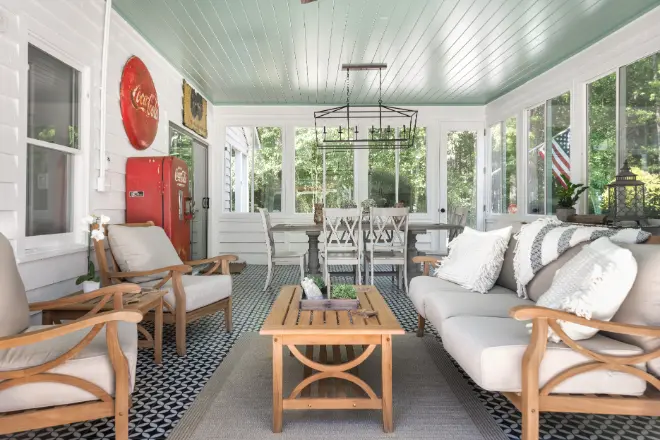
- Natural Light: Maximize natural light. Use simple linen blinds or unbleached cotton curtains to diffuse sunlight. The curtains should be slightly sheer, allowing soft light to filter through.
DIY Project: Foraged Leaf Mobile
Let's get crafty with a simple and beautiful DIY project. Here's how to create your own foraged leaf mobile:
Materials:
- Foraged autumn leaves (maple, oak, birch, etc.) – aim for leaves that are still pliable but not brittle.
- Driftwood branch (approximately 12-18 inches long, with interesting texture) or embroidery hoop (8-10 inch diameter)
- Natural twine or jute rope (approximately 20 feet)
- Scissors (small, sharp scissors)
- Needle (optional, for easier threading – a large-eyed needle is recommended)
Instructions:
- Prepare the leaves: Select dry, unblemished leaves. Flatten them by pressing them between the pages of a heavy book (like a vintage cookbook) for a few days (at least 3-5 days).
- Prepare the hanging structure: If using a driftwood branch, clean it with a dry brush and allow it to dry completely. If using an embroidery hoop, separate the inner and outer rings and use only the inner ring for a more minimalist look.
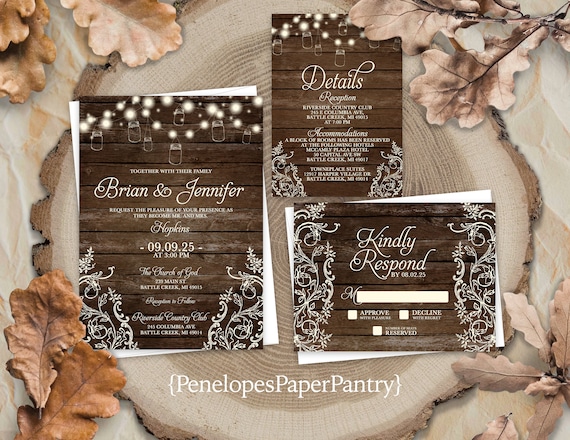
- Cut the twine: Cut several lengths of natural twine, varying the lengths from 6 inches to 12 inches to create a cascading effect. Fray the ends slightly for a rustic touch.
- Attach the leaves: Tie one end of each length of twine to a leaf stem using a simple knot, or poke a small hole through the leaf carefully with the needle and thread the twine through it. Ensure the knot is secure.
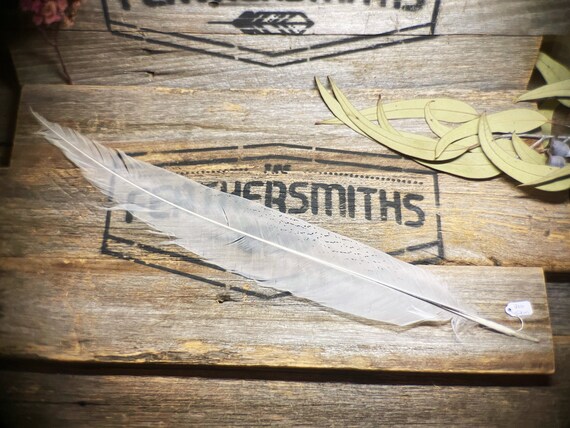
- Attach the twine to the branch or hoop: Tie the other end of each length of twine to the driftwood branch or embroidery hoop, spacing the leaves evenly around the structure (approximately 2-3 inches apart). Vary the leaf colors and sizes to create visual interest.
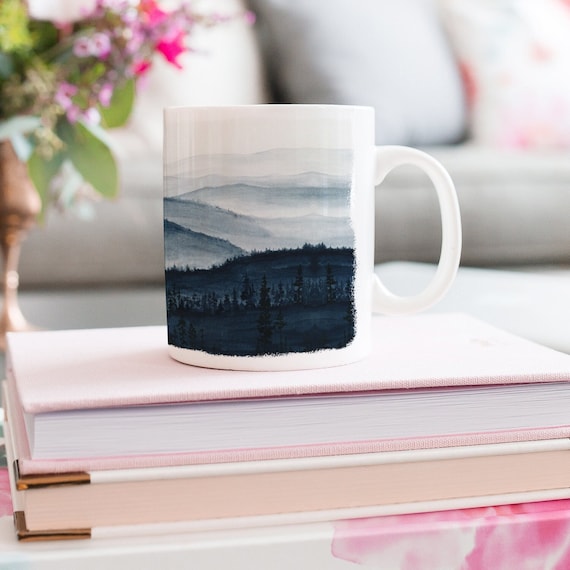
- Hang the mobile: Tie a longer length of twine (approximately 18-24 inches) to the branch or hoop for hanging. Adjust the leaves as needed to create a balanced and visually appealing mobile. Hang near a window where it can catch the light.
Autumn Touches
Add the final flourishes to enhance the autumn theme:
- Place a few small pumpkins or gourds in muted tones (cream, sage green, rusty orange) to countertops or shelves.
- Use beeswax candles in upcycled jars, scented with autumn-inspired fragrances like apple cider or pumpkin spice.
- Place a woven basket filled with apples (heritage varieties like Honeycrisp or Granny Smith) or pears (Bosc or Anjou) on the kitchen table.
- Drape a checkered cream and sage fabric tablecloth over the kitchen table.
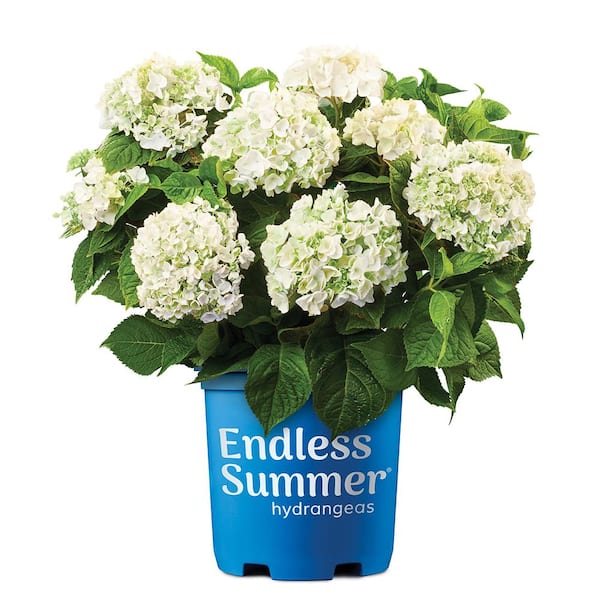
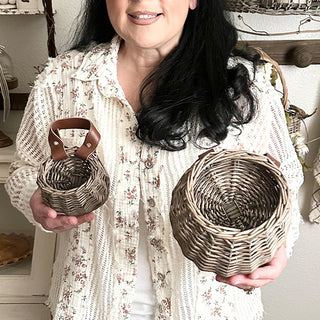
Conclusion
Creating a warm, rustic, and sustainable farmhouse kitchen for autumn is easier than you think! By embracing foraged materials and upcycled finds, you can transform your space into a cozy and inviting haven that reflects the beauty of nature and the spirit of the season. Embrace the joy of creativity in your home decor and enjoy the rewarding feeling of crafting a space that truly feels like you. Share images of your own autumn kitchens using the hashtag #BHHAutumnKitchen!